- Solar energy blog
- 8 benefits of utility-scale solar energy projects
8 benefits of utility-scale solar energy projects
Utility-scale solar projects are helping to bring green energy to local communities and drive the green energy transition. Learn more about some of the benefits of these projects!


Jeremy Vickerman
Senior Content Manager
Senior Content Marketing Manager at RatedPower with extensive experience in content strategy, production, and communications. Over a decade of expertise spanning marketing, recruitment consulting, and public relations across the UK and Spain, with a strong track record in driving brand visibility and audience engagement.
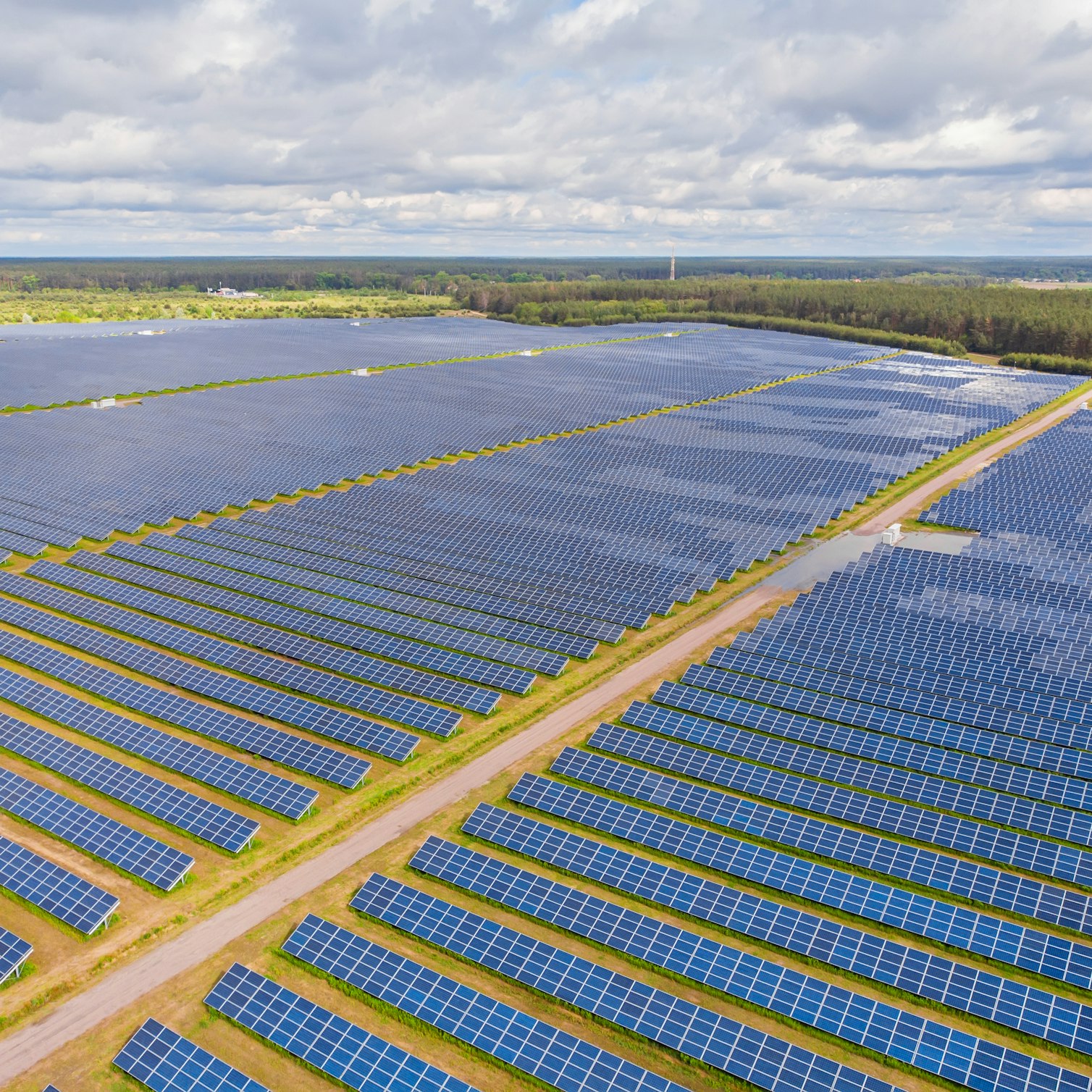
Solar photovoltaic (PV) energy has been experiencing a boom in recent years. In 2022, the global solar market was valued at $234.86 billion and is expected to grow to nearly $400 billion by the end of the decade, surpassing the installed capacity of coal by 2027.
This massive expansion in solar PV capabilities around the world comes in the wake of a push from governments around the world, specially the EU and the US, to combat the growing climate crisis. Countries have woken up to the severity of climate change and are looking for ways to reduce carbon emissions and transition to renewable energy production.
One of the most promising sources of renewable energy comes in the form of solar PV. In this blog, we’ll look at some of the benefits of solar energy, in particular utility-scale solar projects.
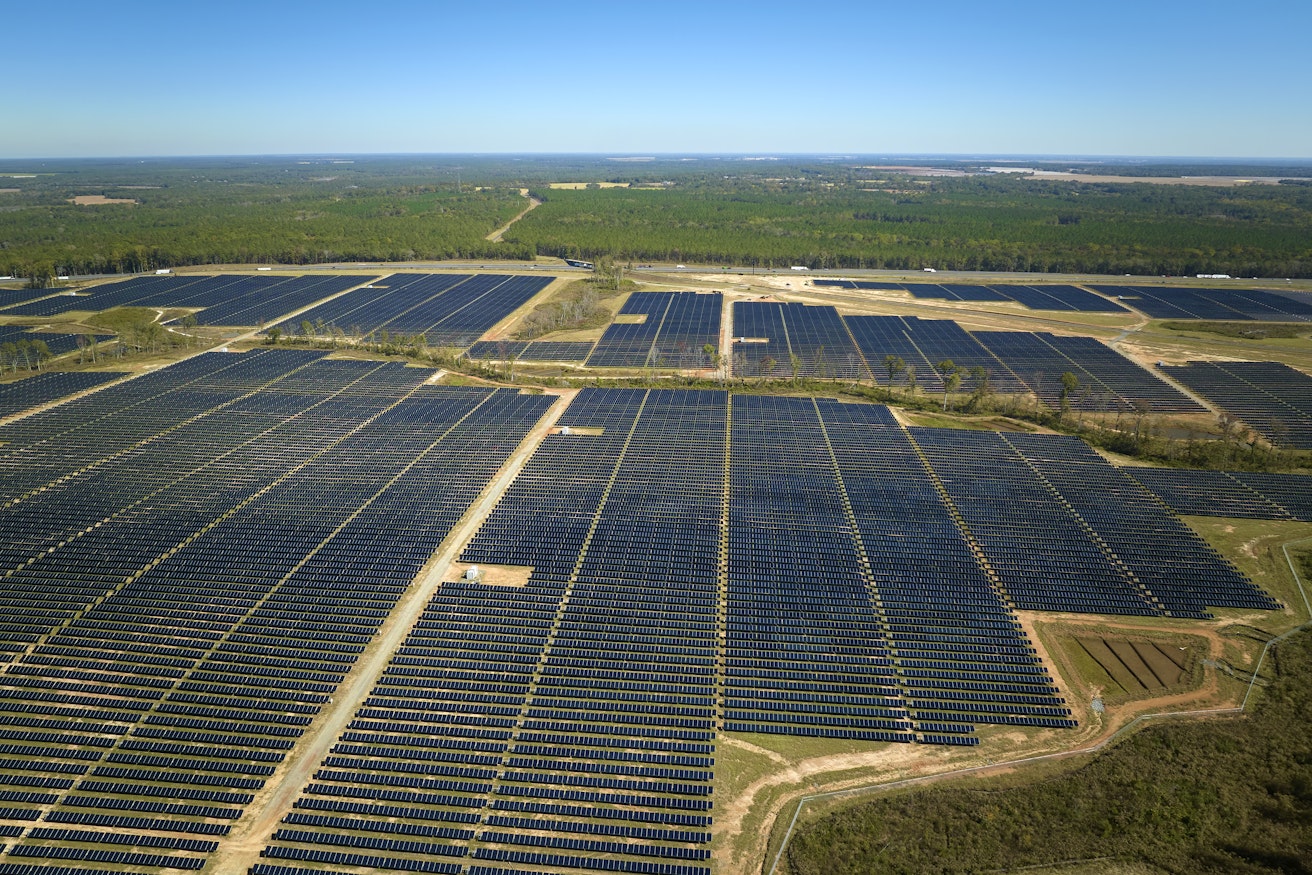
What are utility-scale solar projects?
Utility-scale solar projects refer to installations that have two key characteristics:
Large size — capacity typically >1MW
Energy sold to utility companies rather than end users
These two characteristics differentiate utility-scale projects from distributed generation installations that tend to be smaller in scale and capacity and provide energy directly to end users.
Utility-scale projects are large endeavors that require significant funding, land space, and cooperation from various stakeholders. The trade-off to this higher cost and complexity is greater, more stable power generation.
Now, let’s take a look at some of the benefits of utility-scale solar projects.
Want to learn about the biggest PV projects around the world? Download this free E-book!
Benefits of utility-scale solar projects
Low upkeep costs
Despite requiring substantial financial outlay upfront, utility-scale solar projects are cheap to run once they are operational. They have low upkeep, operational, and maintenance costs, making them exceedingly cost-effective in the long run.
It is estimated that solar plants take somewhere between 7 - 10 years to start paying for themselves. This may seem like a long time but once this period is up, utility-scale projects are nothing but upside and can generate clean energy for years to come.
Lower energy costs
Tied into the point above, the low costs associated with operating utility-scale solar projects mean that the energy generated can typically be sold to utility companies for a lower price than energy derived from fossil fuels.
Power generated by utility-scale solar shows less LCOE than fossil fuel consistently across time and geographies.
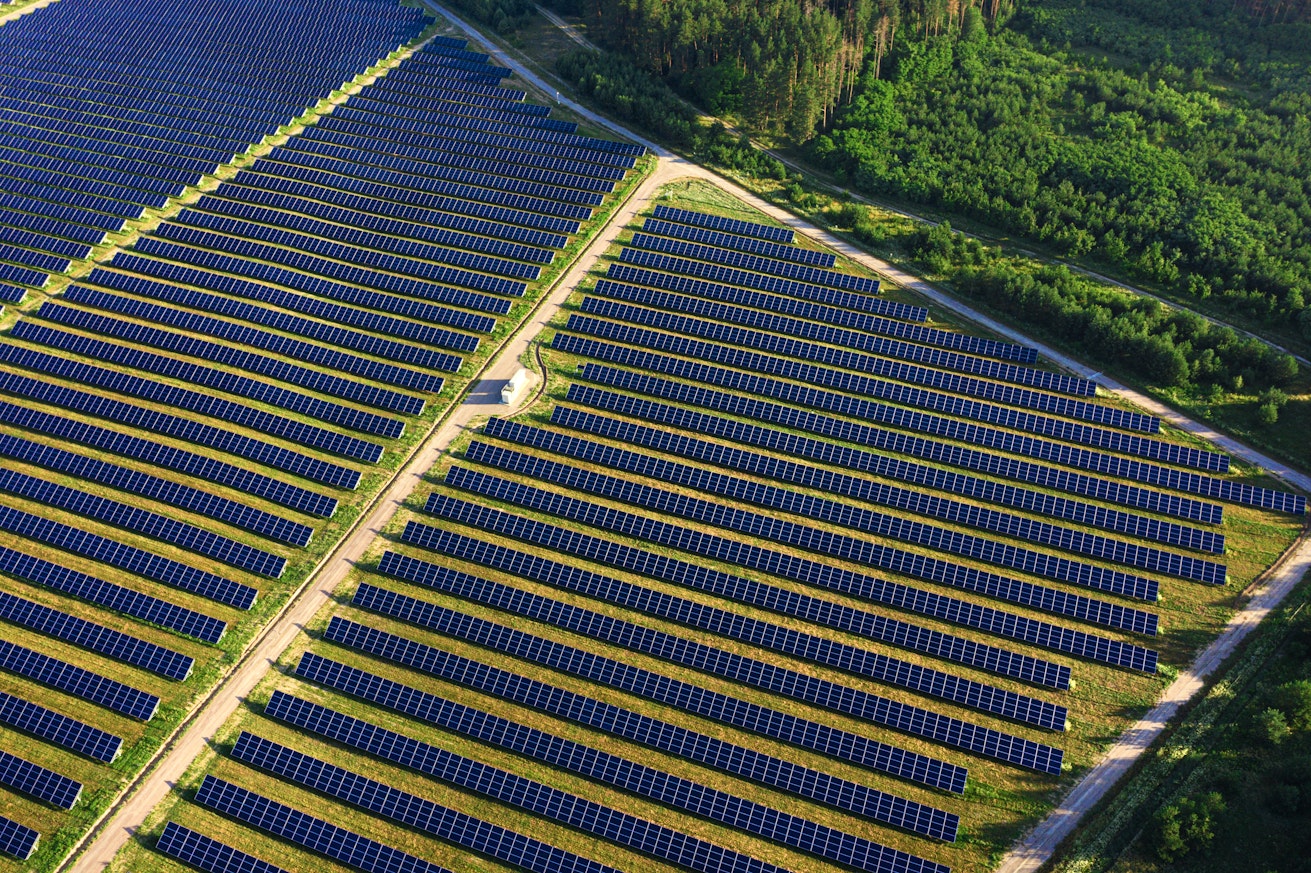
High stability
One of the major problems with solar energy is its inherent instability. Generating electricity through solar power requires high levels of irradiance and can be disrupted by inclement weather or location.
Utility-scale projects, unlike distributed installations, are able to cope better with variances in irradiance due to their size and more strategic placement. Additionally, many utility-scale installations also house battery energy storage systems (BESS). Installations with BESS are able to store energy that can be supplied when generation drops due to factors outside of our control and ensure the grid remains stable.
Job creation
Utility-scale solar projects are huge undertakings. They require large amounts of investment, the employment of huge construction teams to build, and finally, many staff to operate and upkeep on a day-to-day basis.
All of this creates jobs and drives money into the economy, with many of these employment opportunities being created for people in the local area.
Energy independence
In addition to creating jobs in the local area, many utility-scale solar projects also provide power to the homes and businesses located in their immediate vicinities. This provides a stable, cost-effective source of electricity for local residents and removes reliance on the wider grid.
Additionally, utility-scale projects are typically constructed in remote or rural locations due to land space requirements. This means that these projects are often able to provide power to underserved communities that do not have good access to the grid, increasing energy independence and opening up economic opportunities.
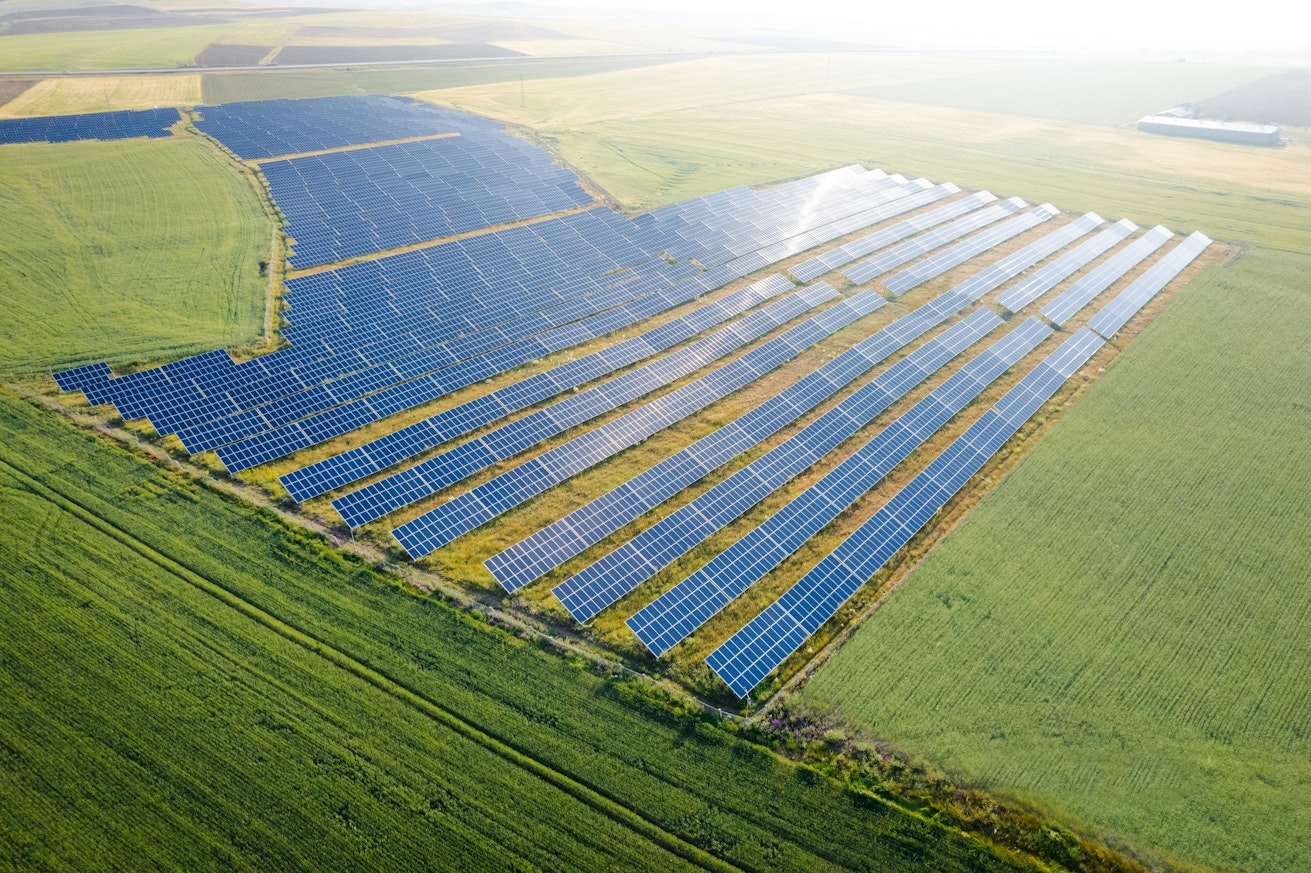
No water use
Most energy generation methods require the use of vast amounts of water. In fact, in 2020 alone the US energy industry used 47.5 trillion gallons of water, making it the largest source of water use in the country. The majority of this water is used for cooling purposes in plants that produce large amounts of excess heat as a byproduct of generation.
Solar generation does not require water for electricity generation or cooling purposes. If designed intelligently, utility-scale solar projects can use the surrounding air to keep solar modules cool and thus do not need to use water in order to operate a peak efficiency. This not only protects the environment but also further lowers costs.
Reduced greenhouse gas emissions
The main issue with the use of fossil fuels to generate electricity is the release of harmful byproducts, primarily carbon dioxide (CO2). CO2 has been shown beyond argument to damage the environment and contribute to the warming of the planet. This is to say nothing of other toxic byproducts produced by fossil fuel use that directly impact human, animal, and environmental health.
Renewable energy generation
The last benefit of utility-scale solar projects is that they generate renewable energy. Since solar power uses the sun to generate electricity, it is renewable by its very nature.
Rather than consuming a finite resource such as coal or gas, solar harnesses the sun’s rays and is therefore, theoretically, infinite and able to generate energy for as long as infrastructure is maintained.
Latest stories
Related posts
Policy and regulation
Solarspitzengesetz: How it affects solar and negative pricing
Find out more about the Solarspitzengesetz, Germany’s Solar Peak Act, designed to prevent oversupply and price surges during peak solar generation.
Updated 4 NOV, 25
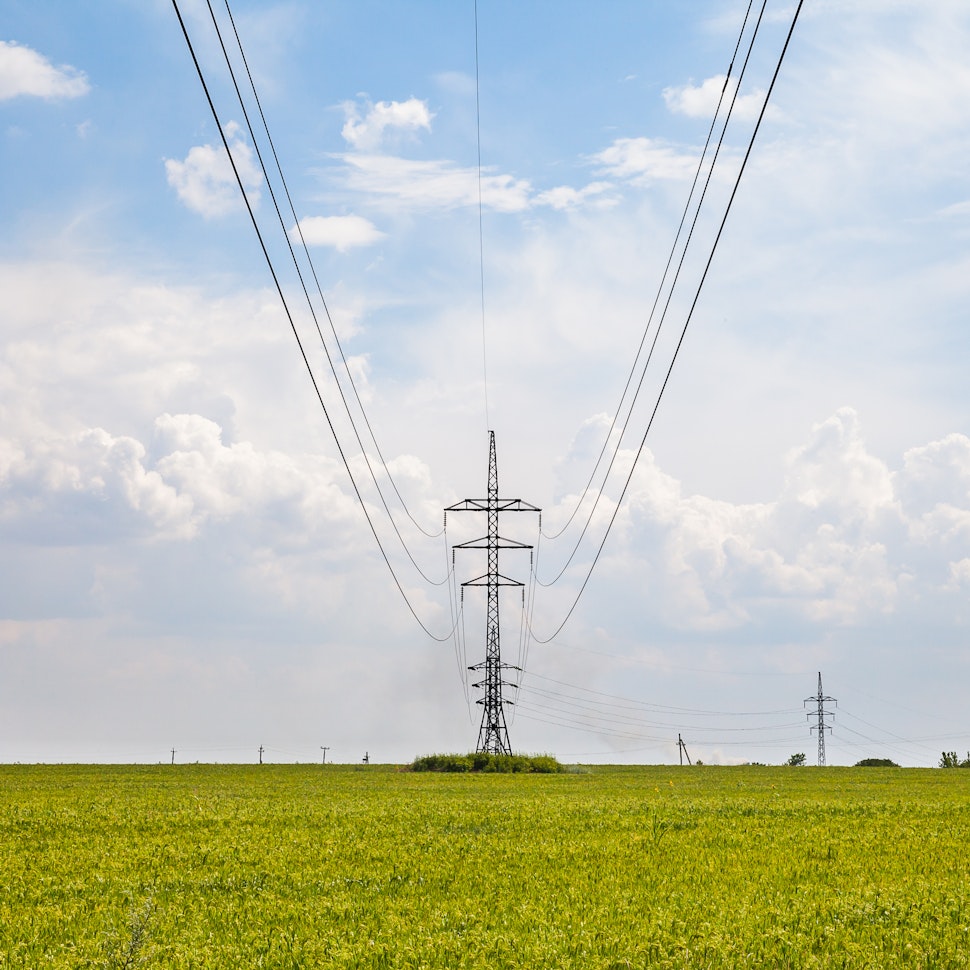
Policy and regulation
Winning the auction: A developer’s guide to GEA-4 execution in the Philippines
Find out how solar design tools like RatedPower can accelerate bankable proposals for auctions like the GEA-4 in the Philippines.
Updated 23 OCT, 25

Policy and regulation
How PL 624 and PL 671 will transform Brazil’s solar energy market in 2025
Discover how Brazil's PL 624 and PL 671 bills are reshaping the country's booming solar energy market in 2025—balancing rapid growth with fair grid access and smarter regulations.
Updated 15 JUL, 25
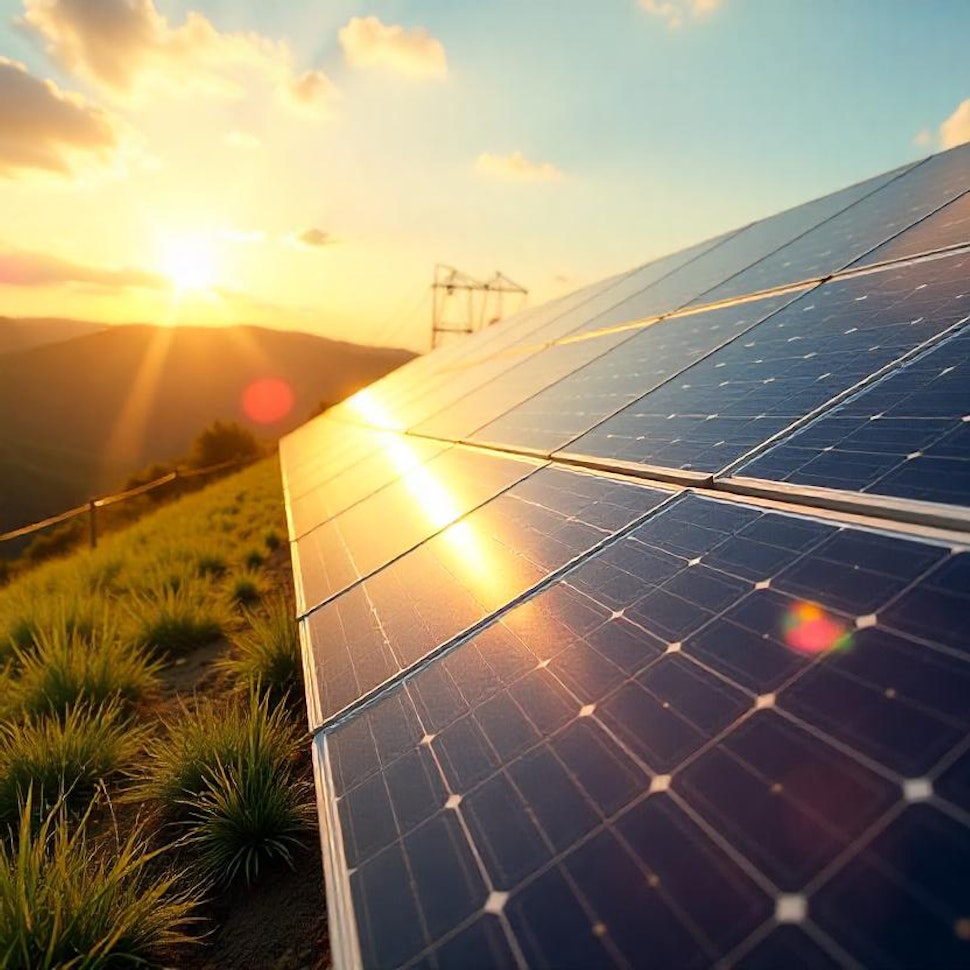
- RatedPower
- Solar energy blog
- 8 benefits of utility-scale solar energy projects
 Watch a demo
Watch a demo Ask our AI Product Expert
Ask our AI Product Expert

